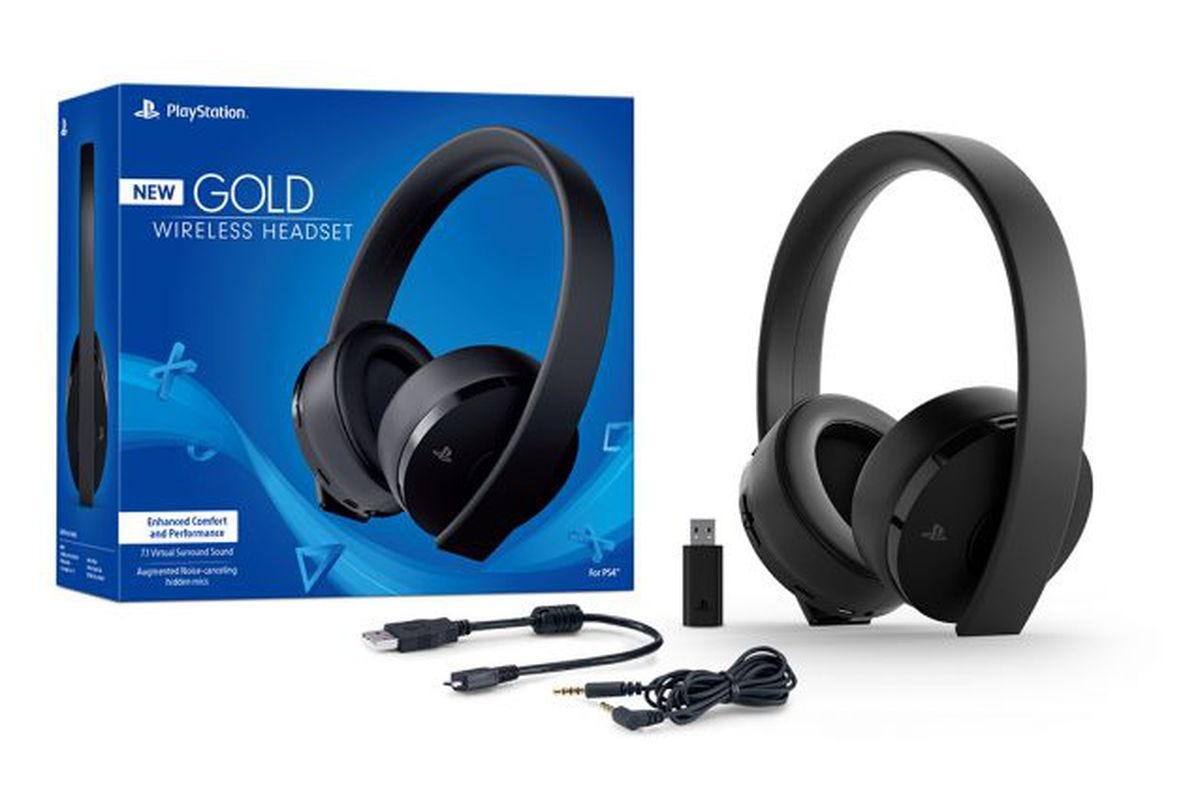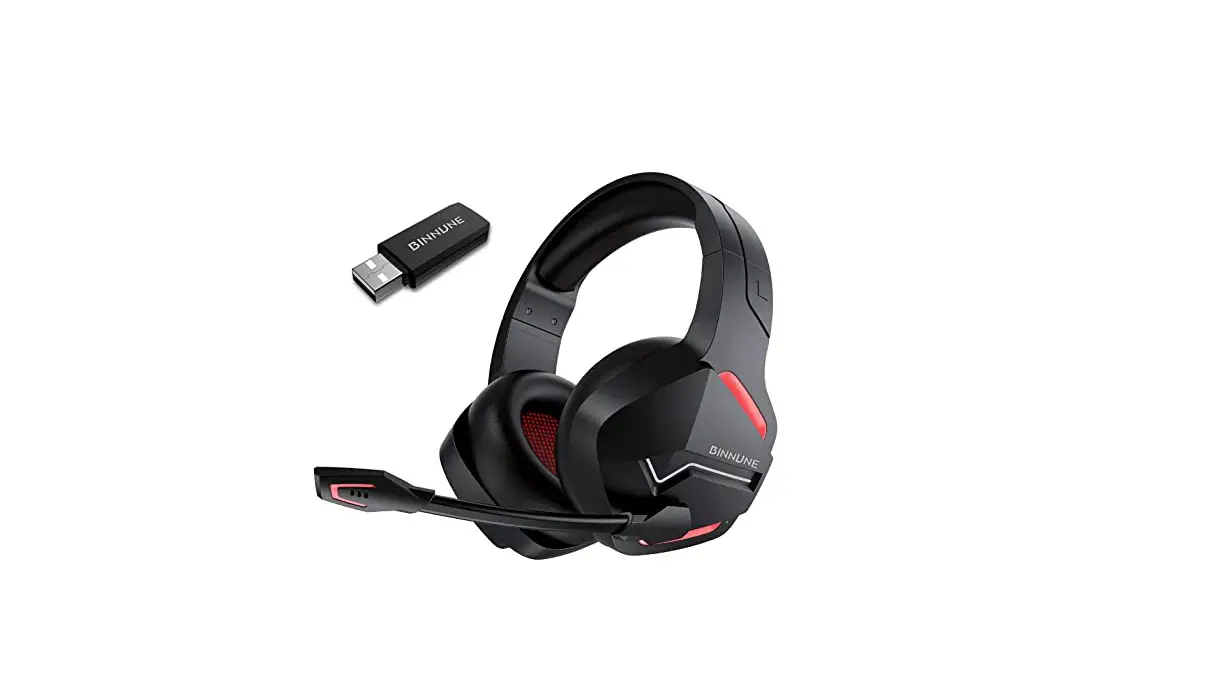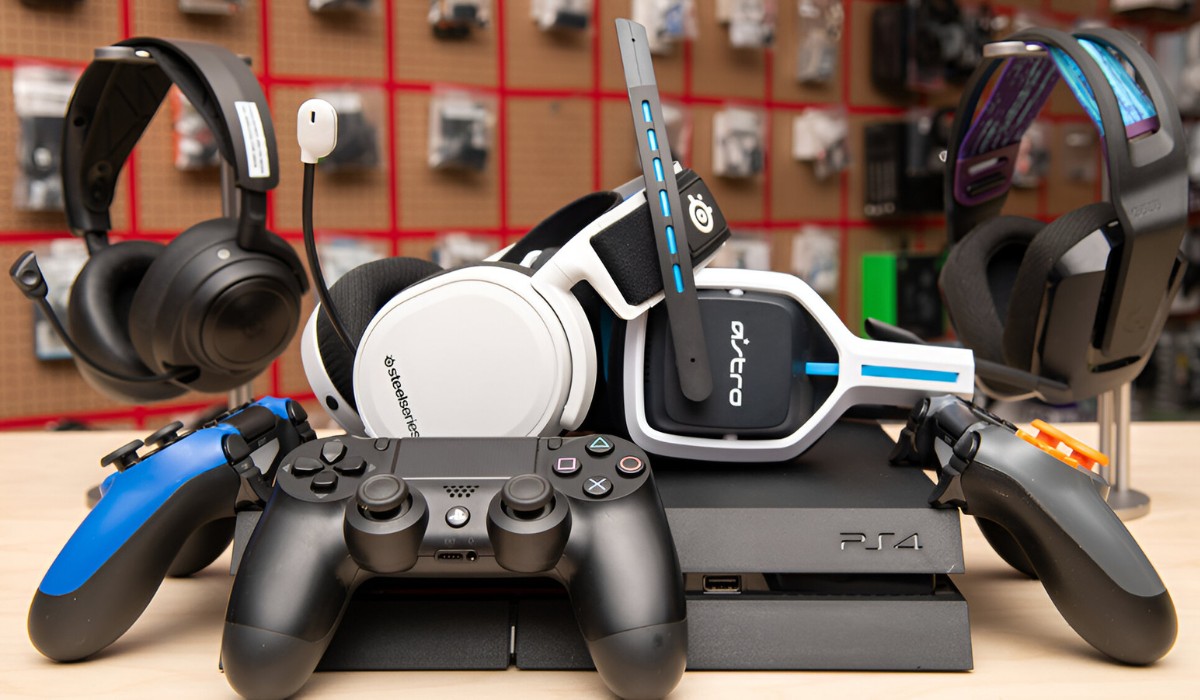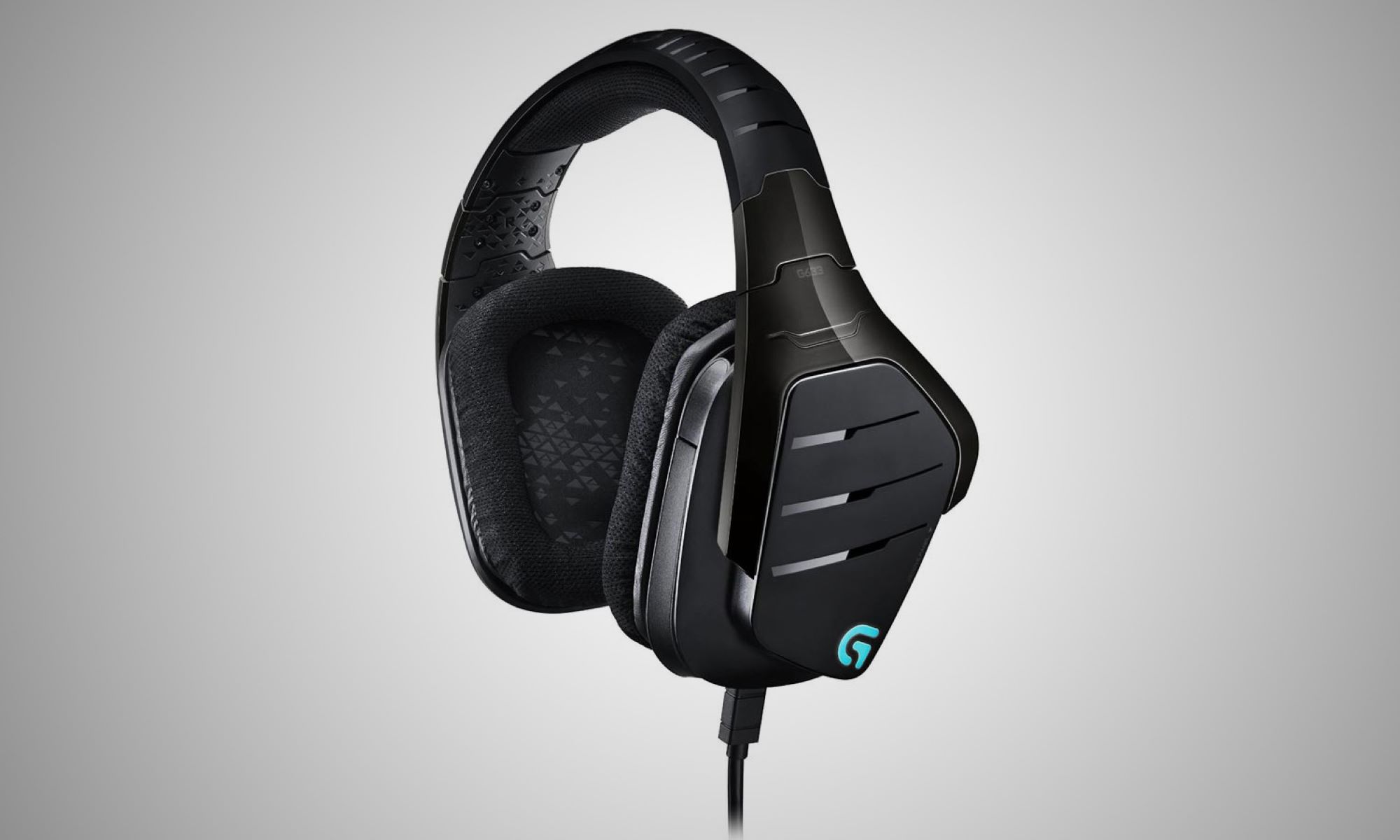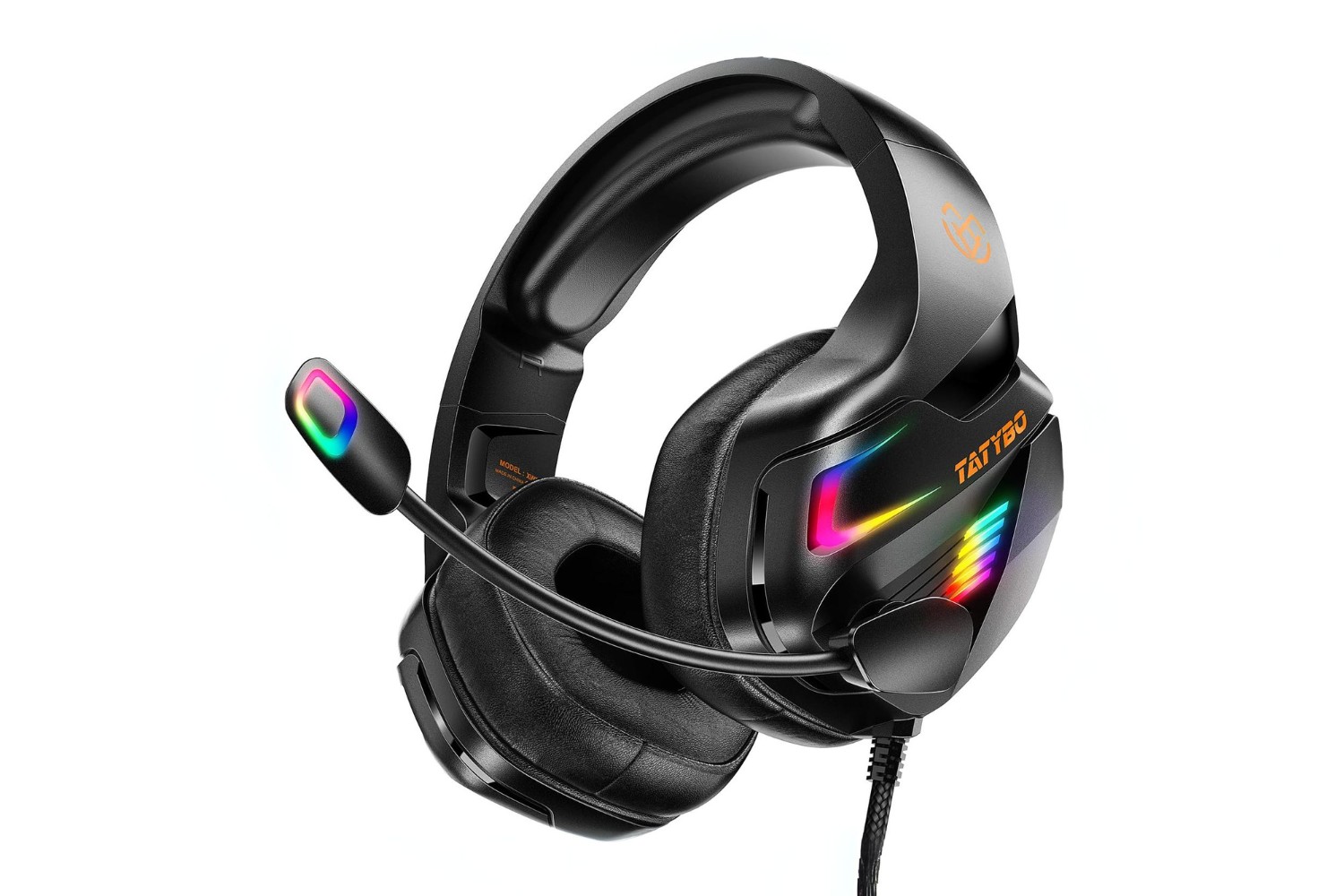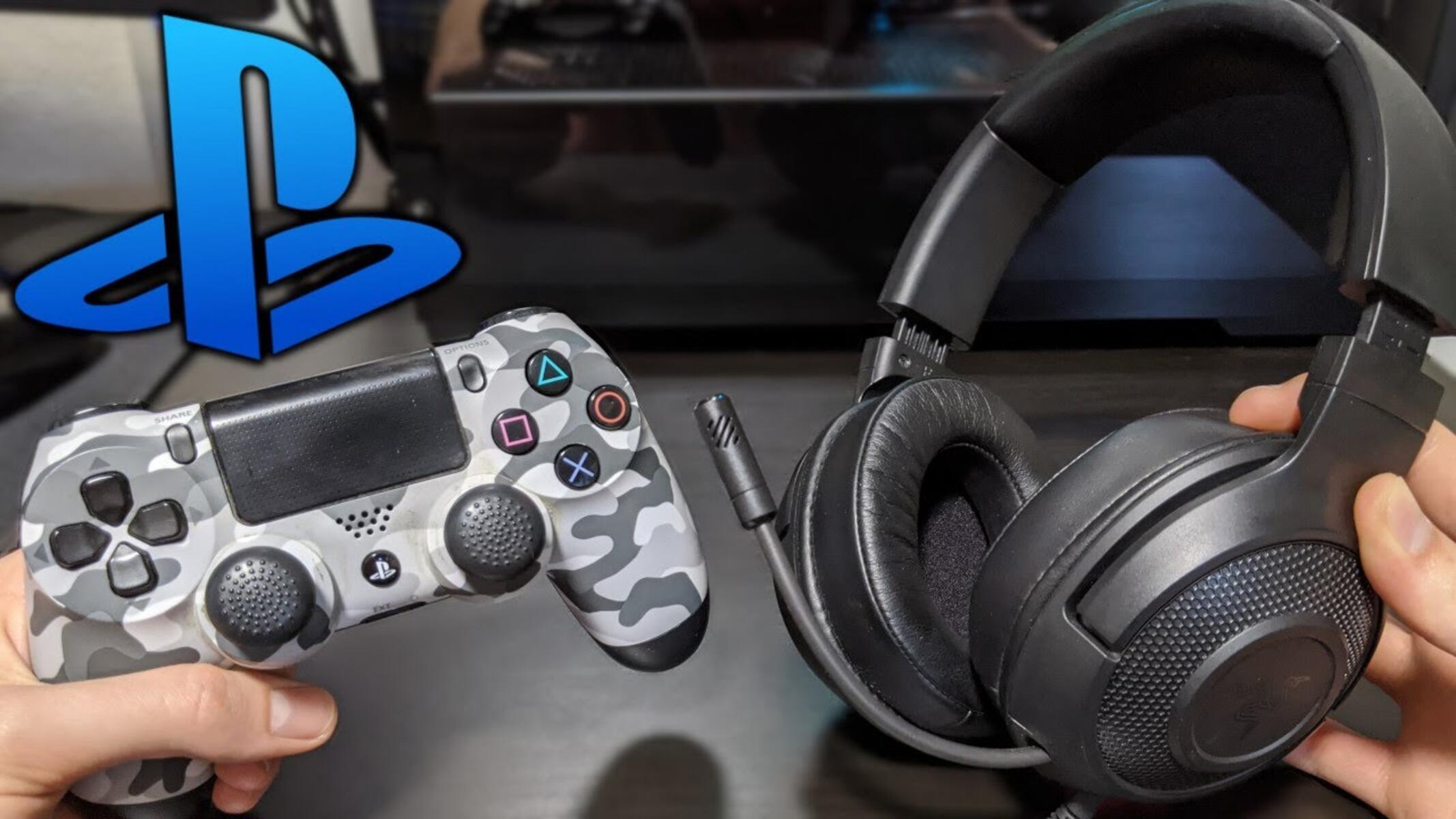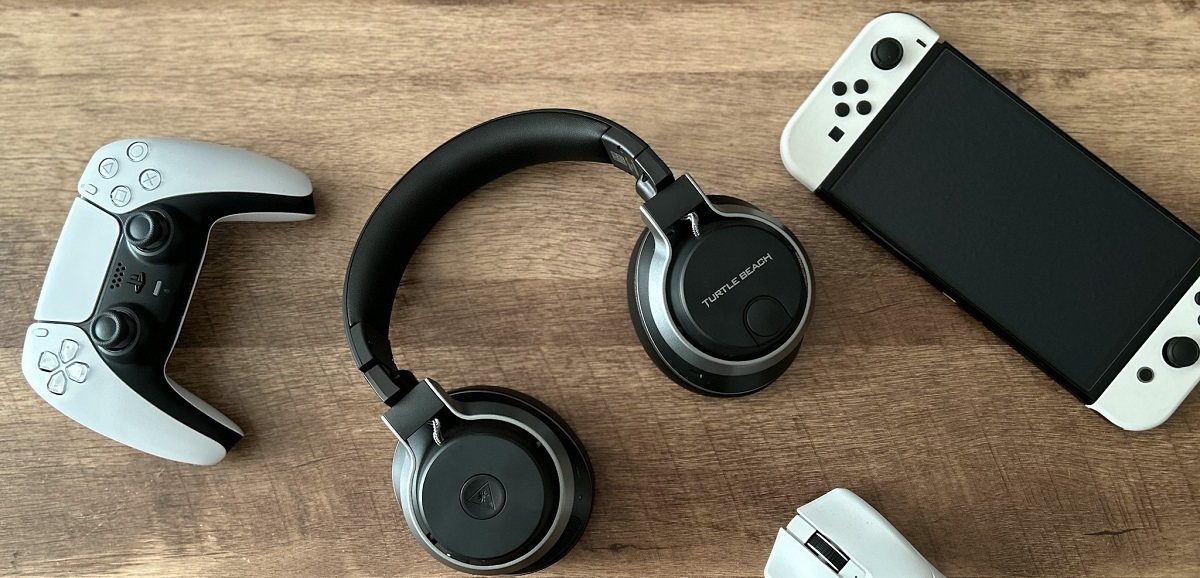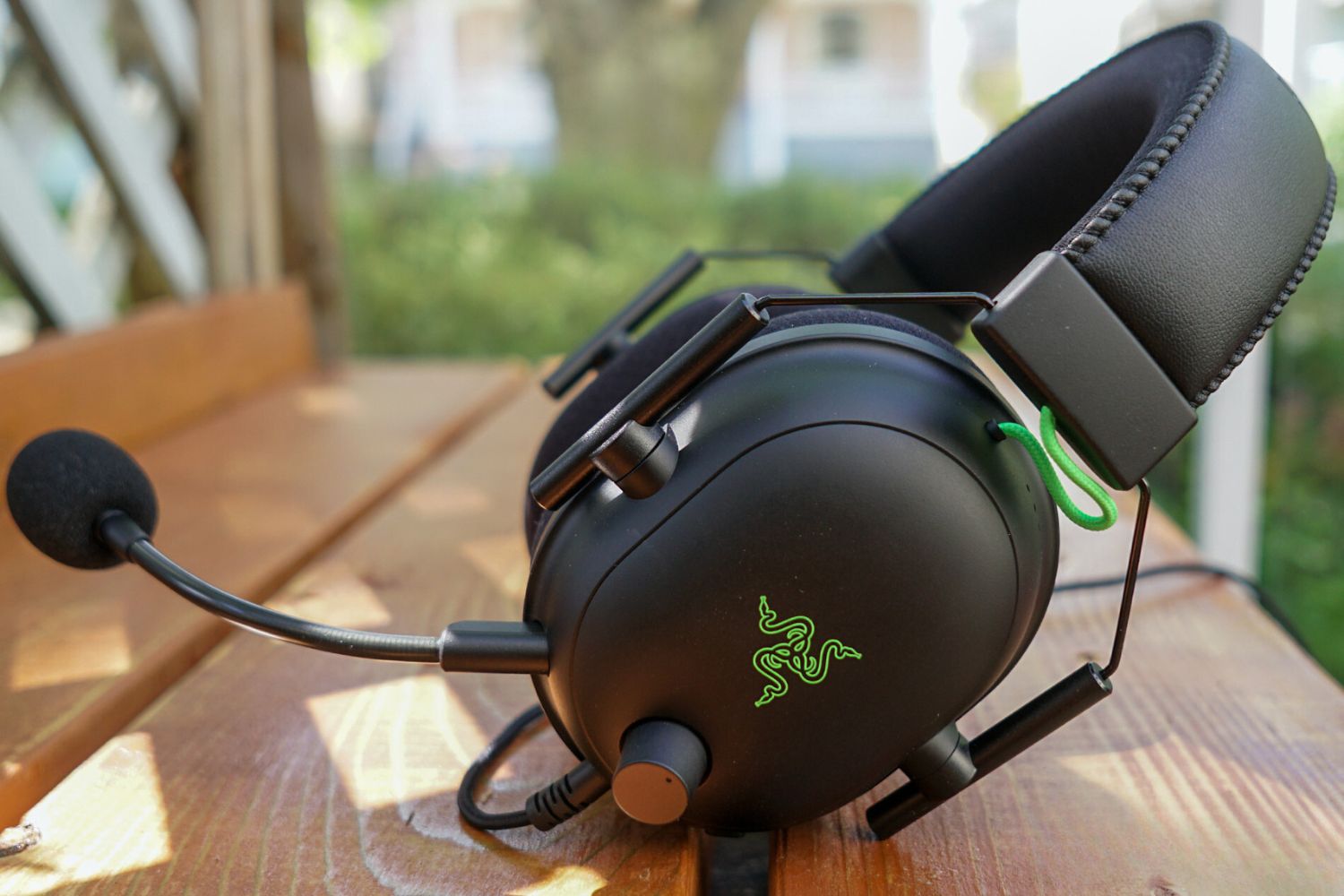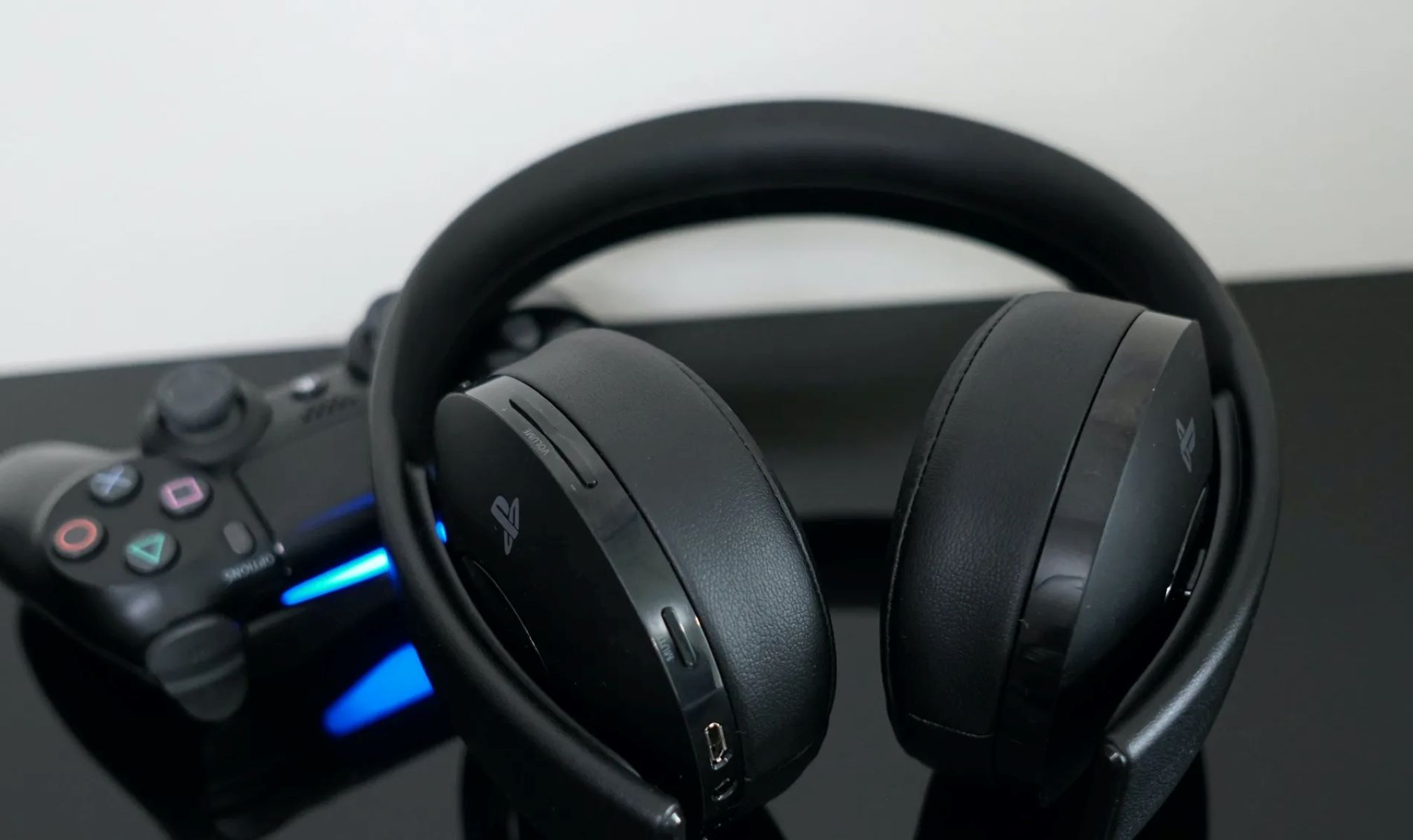Introduction
Are you ready to dive into an immersive gaming experience with your PlayStation 4 (PS4)? One of the key elements that can truly elevate your gaming sessions is the audio quality. Whether you're exploring vast open worlds, engaging in intense multiplayer battles, or unraveling captivating storylines, having crystal-clear audio can make a world of difference.
In this guide, we'll walk you through the process of routing audio directly to your headset on the PS4. By doing so, you can enjoy a more personalized and immersive audio experience without disturbing those around you. Whether you prefer the thunderous explosions in action-packed games or the subtle ambient sounds in atmospheric titles, optimizing your audio setup can truly enhance your gaming escapades.
We'll cover everything from setting up your headset and configuring audio output to adjusting audio settings and troubleshooting common issues. With a few simple steps, you can ensure that your audio is channeled directly to your headset, allowing you to fully immerse yourself in the captivating audio landscapes of your favorite games.
So, grab your headset, power up your PS4, and get ready to unlock the full potential of your gaming audio. Let's embark on this journey to optimize your PS4 audio and elevate your gaming experience to new heights.
Setting Up Your Headset
To begin your audio optimization journey, the first step is to ensure that your headset is seamlessly integrated with your PS4. Whether you're using a wired or wireless headset, the setup process is relatively straightforward. Here's a step-by-step guide to help you get your headset up and running:
-
Wired Headsets:
If you're using a wired headset, start by plugging the headset's audio jack into the 3.5mm port on your PS4 controller. Once connected, navigate to the "Settings" menu on your PS4 and select "Devices." From there, choose "Audio Devices" and then "Output to Headphones." Here, you can select "All Audio" to ensure that all audio is routed to your headset. -
Wireless Headsets:
For wireless headsets, the setup process may vary based on the specific model. In most cases, you'll need to connect a USB transmitter to one of the PS4's USB ports. This transmitter serves as the communication link between your headset and the console. Once the transmitter is connected, follow the manufacturer's instructions to pair the headset with the transmitter. After successful pairing, you can proceed to configure the audio output settings on your PS4. -
Bluetooth Headsets:
If you're using a Bluetooth headset, you can pair it directly with the PS4 by navigating to the "Settings" menu, selecting "Devices," and then choosing "Bluetooth Devices." From there, follow the on-screen instructions to pair your headset with the console. Once paired, you can select the connected Bluetooth headset as the audio output device. -
Testing Your Headset:
Regardless of the type of headset you're using, it's essential to test the audio output to ensure that the setup is successful. You can do this by playing a game or accessing multimedia content on your PS4 while listening through the headset. This allows you to confirm that the audio is indeed being routed to your headset and that the sound quality meets your expectations.
By following these steps, you can seamlessly set up your headset to receive audio directly from your PS4, laying the groundwork for an enhanced gaming audio experience. With your headset now integrated with the console, you're ready to delve into the next phase of optimizing your audio setup.
Configuring Audio Output
Once your headset is successfully set up and integrated with your PS4, the next crucial step is to configure the audio output settings to ensure that the audio is seamlessly routed to your headset. This process allows you to direct all audio output from the console to your headset, creating a personalized and immersive audio experience tailored to your preferences.
Step 1: Accessing Audio Output Settings
To begin configuring the audio output, navigate to the "Settings" menu on your PS4. From there, select "Devices" and then choose "Audio Devices." This menu provides you with a range of options to customize your audio settings, including the ability to adjust the volume, microphone levels, and audio output settings.
Step 2: Selecting Output to Headphones
Within the "Audio Devices" menu, you'll find the "Output to Headphones" option. Selecting this option allows you to specify how the audio should be routed from the PS4. You'll typically have two main choices: "Chat Audio" and "All Audio." Choosing "Chat Audio" directs only the chat audio to your headset, while "All Audio" ensures that all audio from the console is channeled to your headset.
Step 3: Adjusting Chat and Game Audio Balance
If you opt for the "All Audio" setting, you may also have the option to adjust the balance between chat and game audio. This allows you to fine-tune the audio levels to suit your preferences. For example, if you're engaged in multiplayer gaming and want to prioritize the in-game audio over chat, you can adjust the balance accordingly. This level of customization ensures that you have full control over the audio mix reaching your headset.
Step 4: Testing the Audio Output
After configuring the audio output settings, it's essential to test the audio to ensure that the changes have been applied successfully. You can do this by playing a game, watching a movie, or accessing any audio content on your PS4. By listening through your headset, you can confirm that the audio is indeed being directed to your headset according to your chosen settings.
By following these steps, you can effectively configure the audio output on your PS4, ensuring that all audio is channeled directly to your headset. This level of customization allows you to tailor the audio experience to your preferences, creating an immersive and personalized gaming environment. With the audio output settings optimized, you're now poised to fine-tune the audio parameters to further enhance your gaming experience.
Adjusting Audio Settings
Fine-tuning the audio settings on your PlayStation 4 (PS4) is a pivotal step in optimizing your gaming experience. By delving into the audio settings, you can exert precise control over various parameters, ensuring that the audio output aligns with your preferences and enhances your overall immersion in the gaming world.
Equalizer Settings
The PS4 offers a range of equalizer presets that cater to different audio preferences. These presets, such as "Bass Boost", "Vocal Enhancer", and "Super Treble", allow you to accentuate specific frequency ranges to suit the audio characteristics of different games. For instance, if you're delving into a music-driven game, boosting the bass might enrich the musical experience, while a vocal enhancer setting could heighten dialogue clarity in story-driven narratives.
Spatial Audio
Spatial audio settings play a crucial role in creating a sense of depth and immersion in games. The PS4 provides options to adjust the spatial audio characteristics, such as "Virtual Surround" and "3D Audio". These settings simulate a multi-directional audio environment, enhancing the perception of sound coming from various angles. When exploring vast open worlds or engaging in intense action sequences, activating these spatial audio features can elevate the sense of presence and environmental awareness within the game.
Volume Normalization
Volume normalization settings offer a way to maintain consistent audio levels across different games and content. By enabling this feature, you can mitigate sudden volume spikes or dips, ensuring a more uniform audio experience. This is particularly beneficial when transitioning between games with varying audio dynamics, as it helps maintain a balanced sound output without the need for manual adjustments.
Microphone Monitoring
For gamers who engage in multiplayer experiences or streaming, microphone monitoring is a valuable feature that allows you to hear your own voice through the headset. This real-time feedback can help you modulate your speaking volume and maintain clear communication with teammates or viewers. Adjusting the microphone monitoring level enables you to strike the right balance between hearing your own voice and the in-game audio, ensuring effective communication without being overwhelmed by external noise.
Custom Audio Profiles
The PS4 also offers the option to create custom audio profiles, allowing you to fine-tune the audio settings to your precise preferences. This level of customization empowers you to sculpt the audio output to match the unique sonic characteristics of your preferred games. Whether it's emphasizing spatial cues in stealth-based titles or enhancing explosive sound effects in action games, custom audio profiles enable a tailored audio experience that resonates with your individual gaming style.
By exploring and adjusting these audio settings on your PS4, you can unlock a realm of audio customization that enriches your gaming encounters. These fine-tuned audio parameters not only cater to your personal preferences but also contribute to a heightened sense of immersion, allowing you to delve deeper into the captivating worlds of your favorite games. With the audio settings aligned to your liking, you're poised to embark on gaming adventures that resonate with unparalleled audio fidelity and tailored sonic nuances.
Troubleshooting Common Issues
Encountering audio issues during gaming sessions can be frustrating, disrupting the immersive experience you seek. However, common audio-related problems on the PlayStation 4 (PS4) can often be resolved with simple troubleshooting steps. By addressing these issues proactively, you can ensure that your gaming audio remains seamless and captivating. Here are some common audio issues and their troubleshooting solutions:
1. No Audio Output
If you're experiencing a complete absence of audio output through your headset, start by checking the physical connections. Ensure that the headset is securely plugged into the PS4 controller or the USB transmitter, depending on the type of headset you're using. If using a wireless headset, verify that the transmitter is powered and properly paired with the headset. Additionally, navigate to the "Audio Devices" settings on your PS4 and confirm that the audio output is directed to the headset.
2. Distorted Audio or Static
When encountering distorted or static-filled audio, inspect the headset's audio cable or wireless connection for any signs of damage or interference. If using a wireless headset, ensure that there are no obstructions between the headset and the transmitter, as physical barriers can disrupt the wireless signal. Testing the headset with another device can help determine if the issue is specific to the PS4. Adjusting the volume levels and checking for any audio enhancement settings that may be causing distortion can also be beneficial.
3. Chat Audio Not Working
If you're unable to hear or transmit chat audio during multiplayer sessions, verify that the chat audio settings are configured correctly. Navigate to the "Audio Devices" settings on your PS4 and ensure that the "Output to Headphones" option is set to "All Audio" if you want to hear both chat and game audio through the headset. Additionally, check the in-game audio settings to confirm that the chat audio channels are active and properly balanced.
4. No Game Audio, Only Chat
In the scenario where you can hear chat audio but not the in-game audio, revisit the "Output to Headphones" settings on your PS4. Ensure that the setting is configured to route "All Audio" to the headset. If the issue persists, check the audio settings within the specific game to confirm that the in-game audio channels are active and appropriately prioritized.
5. Firmware and Software Updates
Keeping the PS4 system software and your headset's firmware up to date is crucial for addressing potential compatibility and performance issues. Check for available system and headset firmware updates through the PS4's settings menu and the manufacturer's official website. Installing the latest updates can often resolve underlying audio-related issues and optimize the overall performance of your gaming audio setup.
By employing these troubleshooting strategies, you can effectively address common audio issues on your PS4 and restore the seamless audio experience essential for immersive gaming. With a proactive approach to resolving these challenges, you can ensure that your gaming audio remains a source of delight, enriching your gameplay with captivating soundscapes and clear communication.







